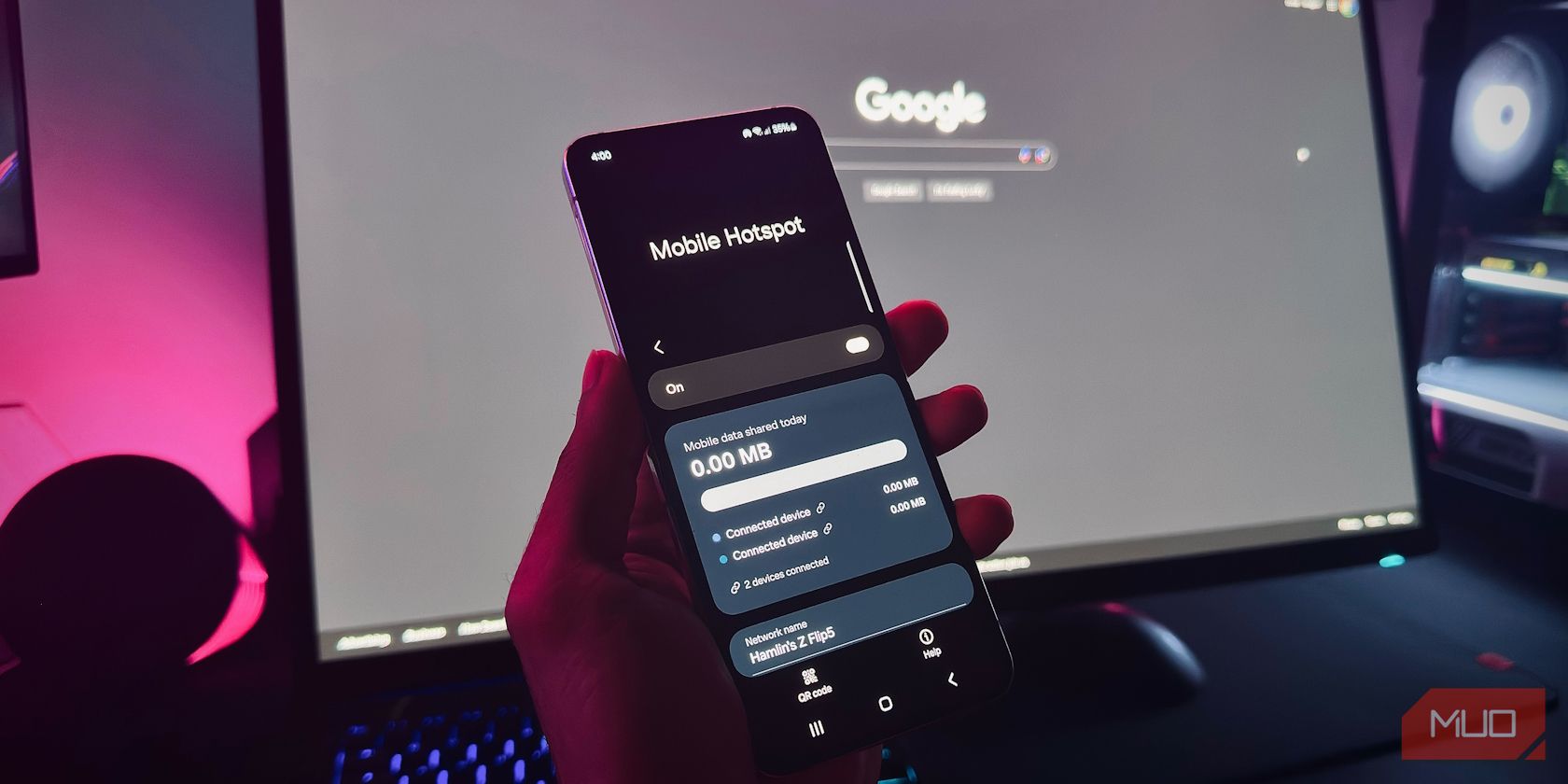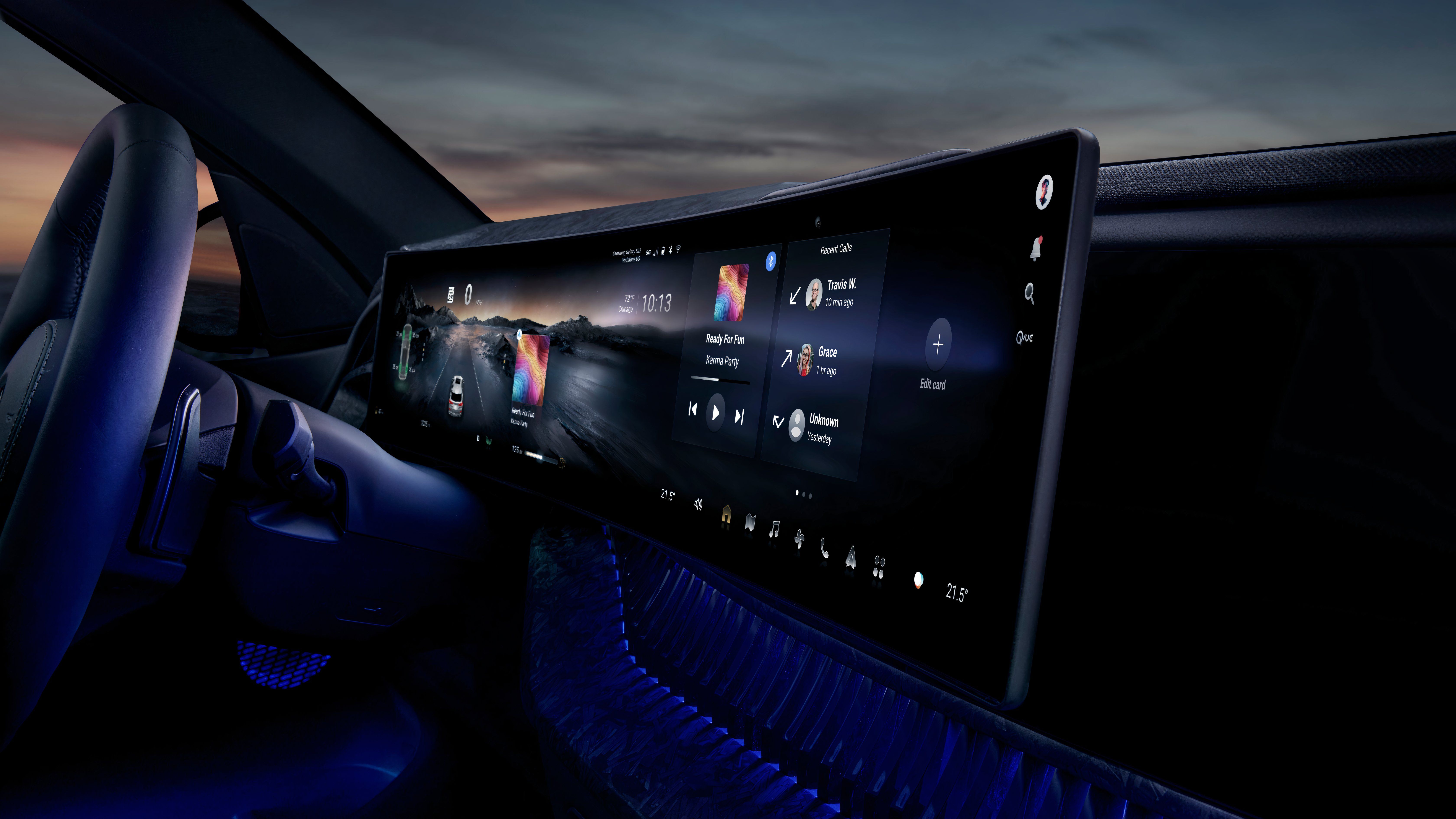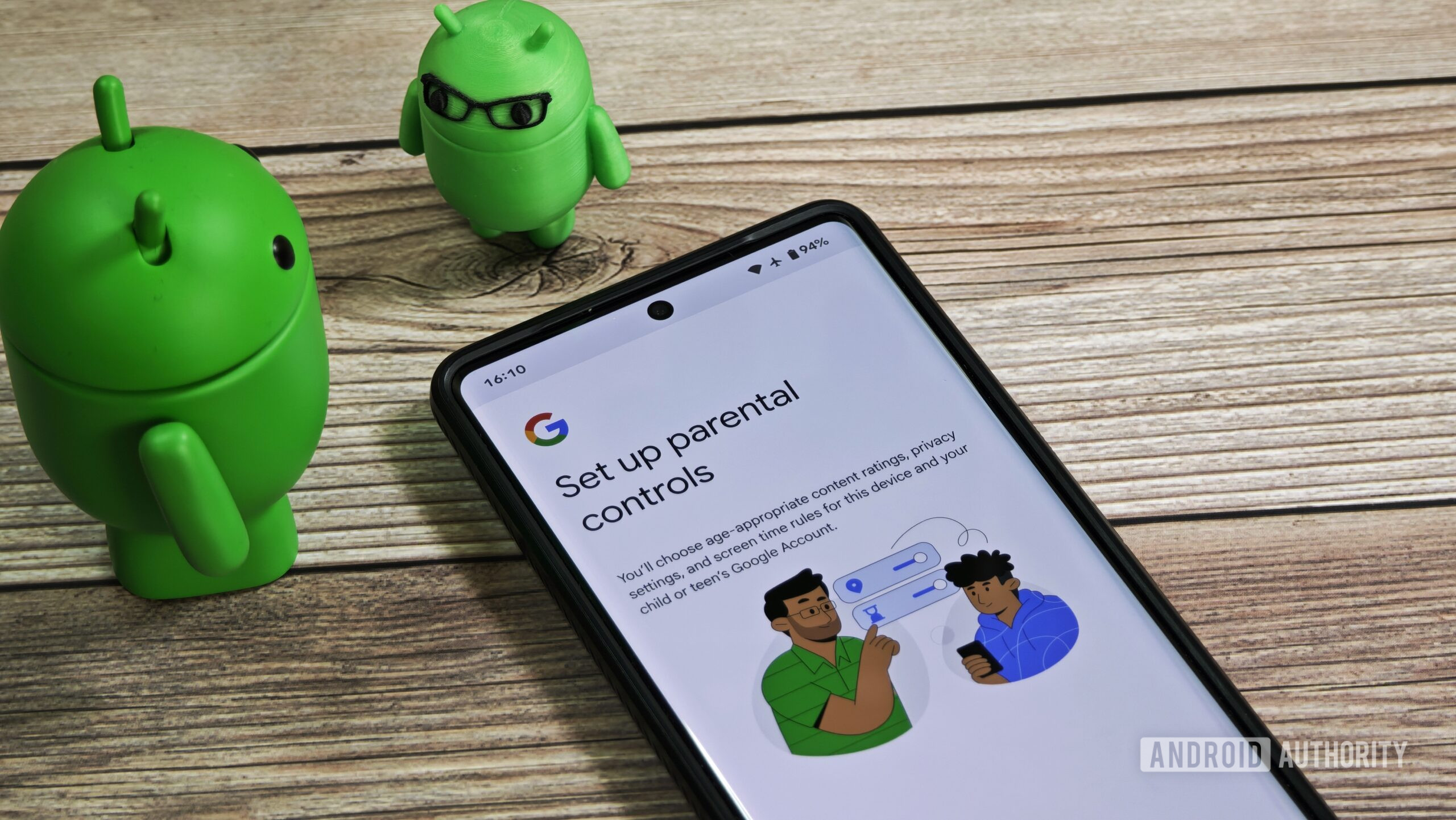Getting blocked online can be frustrating, whether it’s a forum lockout, a game ban, or a temporary IP restriction. The good news is that you don’t always need a VPN to bypass these restrictions. Your phone’s hotspot can give you a new IP instantly.
Why You Might Need to Change Your IP
Changing your IP isn’t always about hiding or shifting your location. It can be as simple as needing to reset after a forum lockout, a game ban, or a rate limit when scraping data for research.
These situations don’t require you to appear in a different country, nor do you need military-grade encryption. What you need is your current IP address to be replaced with a new one.
Fortunately, your smartphone already has what you need to quickly change your IP address—without a VPN. All you need to do is turn on your mobile hotspot, and you can connect to your computer with a new IP address.
How Mobile Hotspots (and CGNAT) Hide You in the Crowd
Mobile carriers use something called Carrier-Grade NAT (CGNAT). Instead of giving every phone its own public IP, carriers route hundreds or even thousands of users through a single address. When you browse the web through your mobile connection, websites see only the shared public IP, not your individual device identifier.
This creates natural anonymity to an extent. That IP address you’re using is likely being used by dozens of other people in your city as well. When you toggle airplane mode and get a new IP, you’re not just changing your address but joining an entirely different crowd of users.
Mobile networks also route traffic through multiple layers. First, your laptop talks to your phone. Your phone translates that connection through its own internal network. Then, the carrier’s CGNAT system translates it again before it reaches the Internet. Each layer adds another degree of separation between you and the websites you visit.
At first, it might look like carriers are protecting your privacy, but that isn’t the goal. CGNAT was built to stretch a dwindling supply of IPv4 addresses, not to safeguard your identity. Any anonymity you gain is just a side effect of being lost in shared infrastructure.
Change Your IP Address Using a Mobile Hotspot
The easiest way to change your IP is with your phone’s hotspot. Simply connect your computer to the network, toggle airplane mode on and off, and you’ll get a new IP instantly.
Toggling airplane mode usually gives you a new IP, but sometimes carriers hand you the same one back. If that happens, just repeat the steps—the network will eventually assign you a different address.
- Android: Swipe down, tap the hotspot icon, and connect your laptop to the new network. Make sure you set a strong password for the network. Now, when you need a fresh IP, turn on airplane mode and then turn it off to connect to the network again with a new IP.
- iOS: It’s the same process. Go Settings > Personal Hotspot > On, then toggle airplane mode when needed.
Whenever you disconnect and reconnect to the mobile network, your carrier assigns you a new IP from its pool. Your carrier has thousands of IP addresses, and they rotate them among users constantly. You’re simply forcing a rotation on demand.
This works because mobile carriers use dynamic IP allocation. Unlike your home internet, which might keep the same IP for weeks, mobile connections grab whatever IP is available from the pool.
Limitations of Using CGNAT to Change Your IP Address
Changing your IP won’t work if you want to bypass geo-restrictions to access content blocked by your ISP or streaming services. Your IP might change, but you’re still using your regional carrier to access every website you visit. The new IP comes from the same provider, the same city, often even the same cell tower. Law enforcement agencies can link these details together, so your digital fingerprint doesn’t change in any meaningful way.
Unlike a VPN that encrypts all traffic and hides your online activities, mobile hotspots provide no additional privacy layer. Your carrier can see which websites you visit, when you visit them, and how much data you use. While HTTPS encrypts the content, browsing patterns and metadata remain completely visible to your provider.
If your goal is privacy from carrier surveillance, this trick won’t help. For genuine anonymity and security, even a free VPN does more to protect you than this method ever could.
Beyond privacy concerns, there are practical limitations too: battery drain, data caps on hotspot usage, and unstable connections that fluctuate with tower congestion.
So, by turning on your mobile hotspot, you can quickly switch between different IP addresses from the same provider without a VPN. This is perfect for testing, research, or getting past temporary restrictions—just don’t expect it to fool anyone looking closely.










